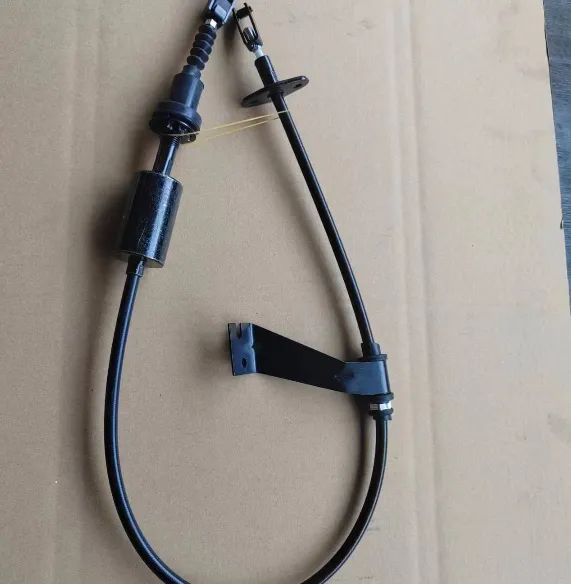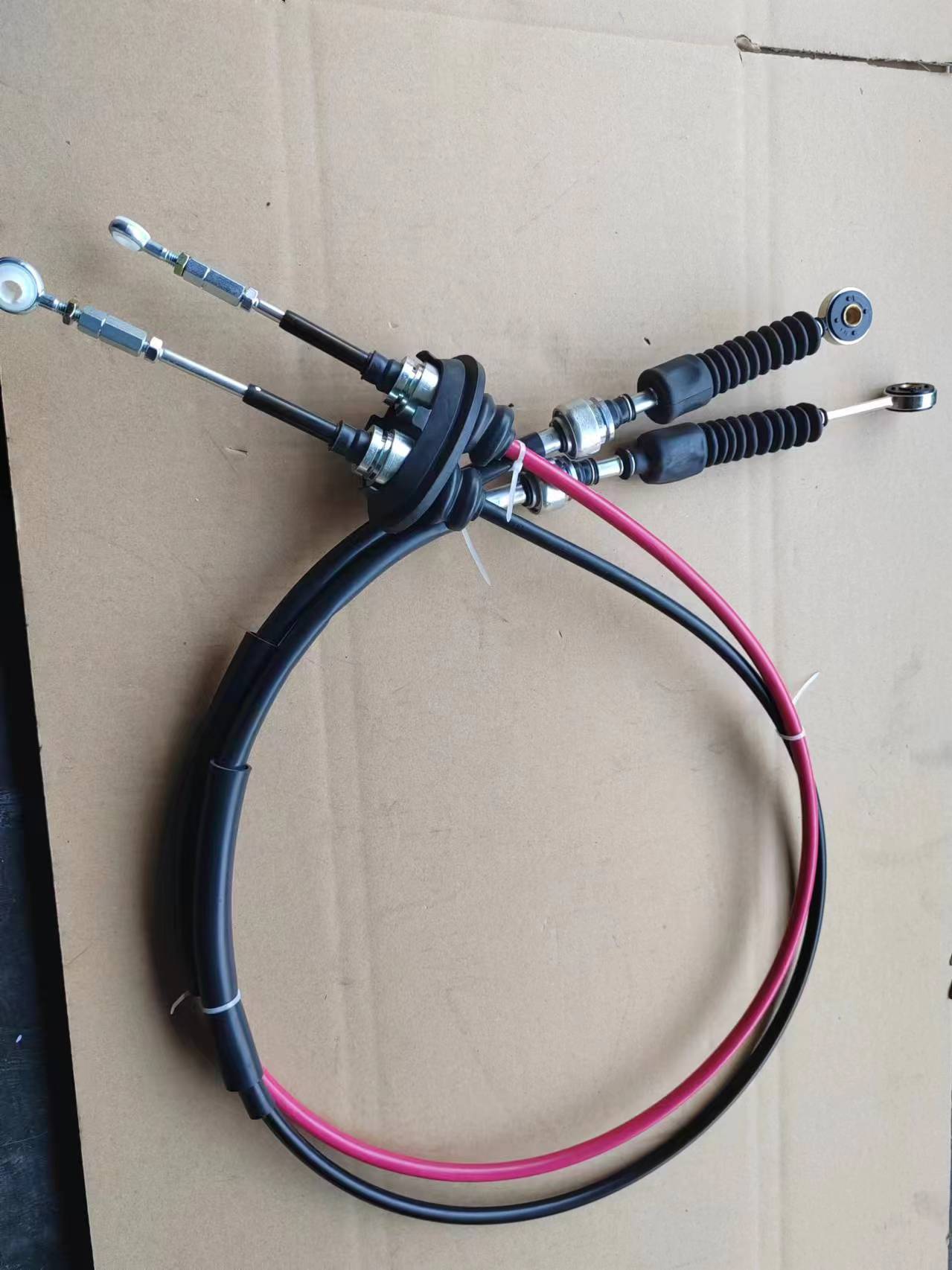High-Performance Hydraulic Clutch Pipes for Durable Fluid Transfer Systems
- Overview of Hydraulic Clutch Systems
- Technical Advantages in Modern Hydraulic Systems
- Comparative Analysis of Leading Manufacturers
- Custom Solutions for Diverse Industrial Needs
- Case Study: Heavy-Duty Agricultural Machinery
- Material Innovation and Durability Metrics
- Future Trends in Hydraulic Clutch Pipe Technology

(hydraulic clutch pipe)
Understanding the Role of Hydraulic Clutch Pipes
Hydraulic clutch pipes are critical components in transmitting force between the clutch master cylinder and the slave cylinder. Designed to withstand pressures up to 3,000 PSI, these pipes ensure seamless power transfer in automotive and industrial systems. Recent data from the Global Hydraulic Components Market Report (2023) shows a 12% annual growth in demand for high-performance clutch hydraulic pipes, driven by advancements in heavy machinery and electric vehicle manufacturing.
Technical Advantages in Modern Hydraulic Systems
Advanced clutch hydraulic pipes leverage reinforced polymer or stainless-steel braiding to minimize fluid leakage (<1% failure rate). Key innovations include:
- Multi-layer extrusion for enhanced burst resistance (tested at 4x operational pressure).
- Heat-resistant coatings (stable up to 250°C).
- Modular connectors compatible with ISO 8434-1 standards.
Comparative Analysis of Leading Manufacturers
| Manufacturer | Pressure Capacity | Temperature Range | Lifecycle (cycles) | Certifications |
|---|---|---|---|---|
| Brand A | 2,800 PSI | -40°C to 180°C | 500,000 | ISO 9001, SAE J1403 |
| Brand B | 3,200 PSI | -50°C to 220°C | 750,000 | IATF 16949, RoHS |
| Brand C | 3,500 PSI | -60°C to 250°C | 1,000,000 | AS9100D, REACH |
Custom Solutions for Diverse Industrial Needs
Tailored clutch pipe configurations address specific operational challenges:
- Length Variants: 300mm to 2,000mm (±0.5mm tolerance).
- End Fittings: DIN 2353, JIC 37°, or ORFS connections.
- Material Options: PTFE-lined for chemical resistance or galvanized steel for marine environments.
Case Study: Heavy-Duty Agricultural Machinery
A leading tractor manufacturer reduced clutch system failures by 68% after switching to custom hydraulic pipes with:
- Double-walled construction
- Self-sealing QuickDisconnect™ fittings
- 12-month warranty extension
Material Innovation and Durability Metrics
Third-party testing reveals:
- 0.02% fluid permeation in nano-coated pipes vs. 0.15% in standard models
- 15% weight reduction through composite core designs
- Vibration resistance exceeding MIL-STD-810H standards
Advancing Hydraulic Clutch Pipe Technology
The next generation of clutch hydraulic pipes integrates IoT-enabled pressure sensors and self-healing elastomers. Industry projections estimate a 19% CAGR through 2030, with electric vehicle adoption driving 45% of R&D investments. Manufacturers prioritizing API 6A compliance and predictive maintenance compatibility are positioned to dominate the $2.7B hydraulic pipe sector.

(hydraulic clutch pipe)
FAQS on hydraulic clutch pipe
Q: What is the purpose of a hydraulic clutch pipe?
A: A hydraulic clutch pipe transfers pressurized fluid between the clutch master cylinder and the slave cylinder, enabling smooth engagement and disengagement of the clutch. It ensures consistent hydraulic pressure for reliable clutch operation. Damaged pipes can lead to fluid leaks or clutch failure.
Q: How do I know if my clutch hydraulic pipe is failing?
A: Signs include a spongy clutch pedal, fluid leaks near the pipe, or difficulty shifting gears. Visible corrosion or cracks on the pipe also indicate failure. Immediate replacement is recommended to avoid clutch system malfunction.
Q: Can a damaged clutch pipe be repaired, or does it need replacement?
A: Minor surface corrosion might be addressed temporarily, but a leaking or cracked hydraulic clutch pipe typically requires full replacement. Repair kits are uncommon due to safety risks. Always consult a professional for proper diagnosis.
Q: What materials are hydraulic clutch pipes made from?
A: Most clutch hydraulic pipes are steel or braided stainless steel for durability and high-pressure resistance. Some aftermarket options use reinforced rubber with metal fittings. Material choice depends on vehicle design and performance needs.
Q: How often should I inspect my vehicle's clutch pipe?
A: Inspect the hydraulic clutch pipe during routine maintenance or every 30,000–50,000 miles. Check more frequently if driving in harsh conditions or noticing clutch issues. Early detection prevents costly repairs and ensures safety.
-
Clutch Line: Braided, Leak-Proof, OEM-Grade PerformanceNewsNov.10,2025
-
Throttle Cable: Durable, Smooth Control & Universal FitNewsNov.10,2025
-
Throttle Cable: Durable, Smooth, Universal Fit, Easy InstallNewsNov.10,2025
-
Clutch Line: Durable, Leak-Proof, OEM-Grade PerformanceNewsNov.10,2025
-
Hand Brake Cable | Custom, Universal & Trailer SolutionsNewsNov.10,2025
-
Clutch Line: High-Pressure, OEM-Fit, Corrosion-ResistantNewsNov.03,2025
